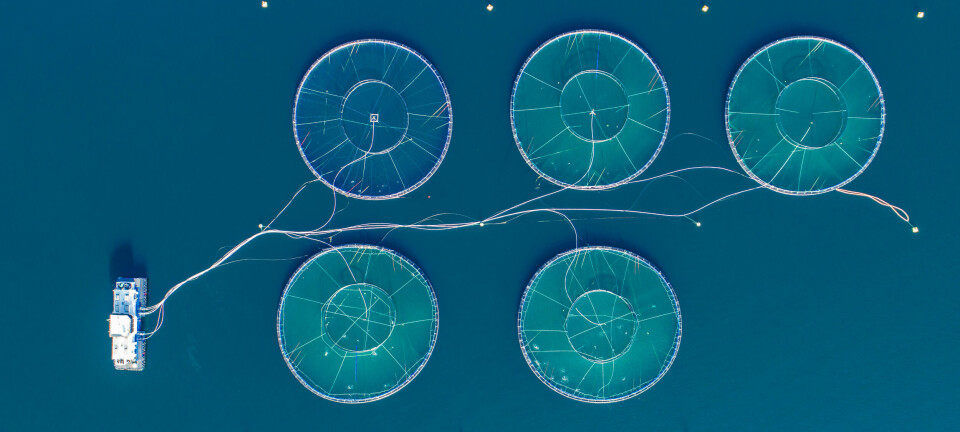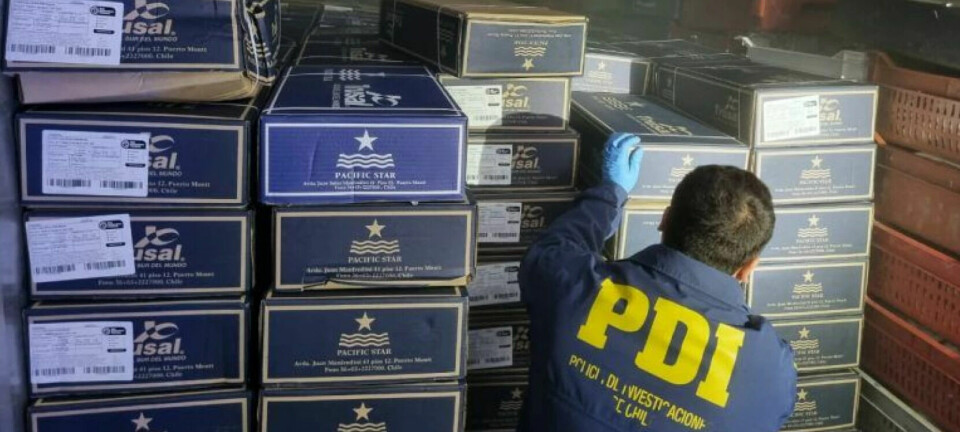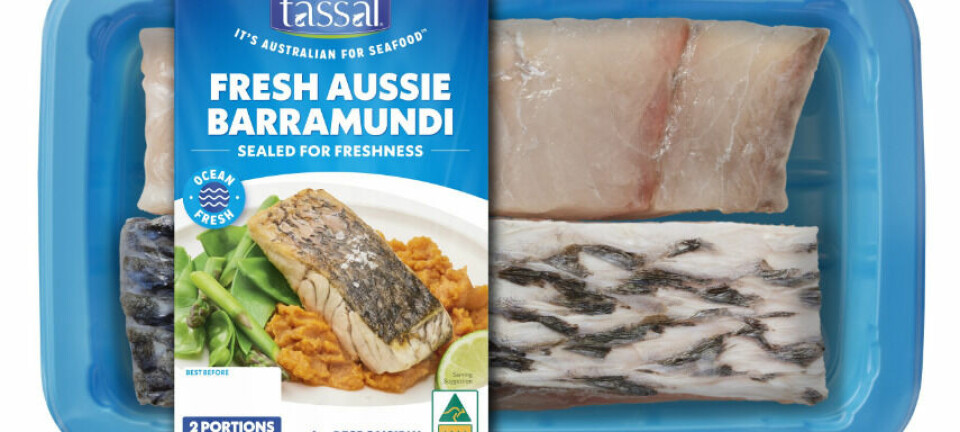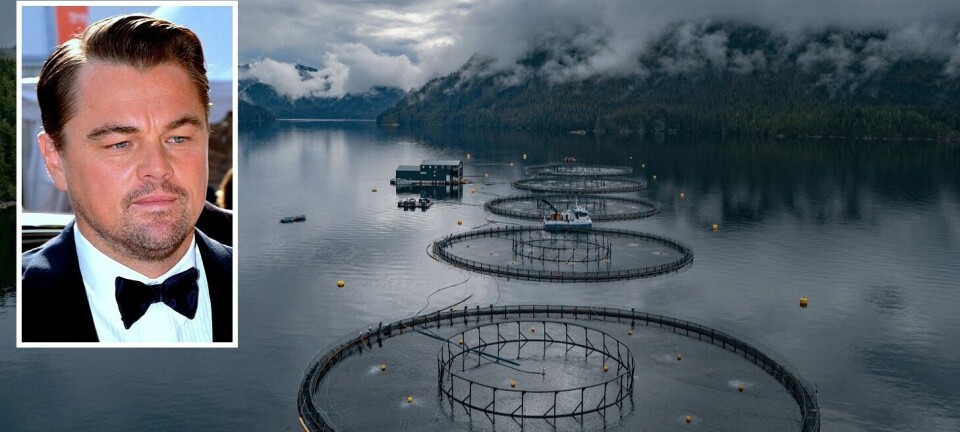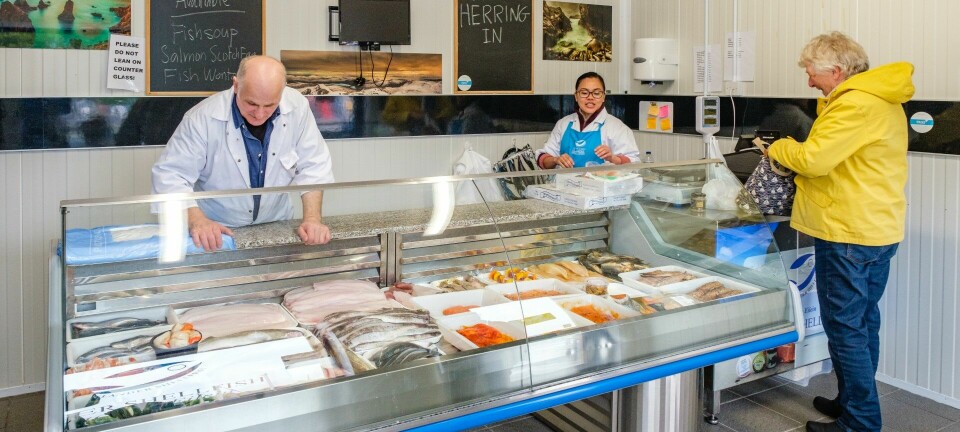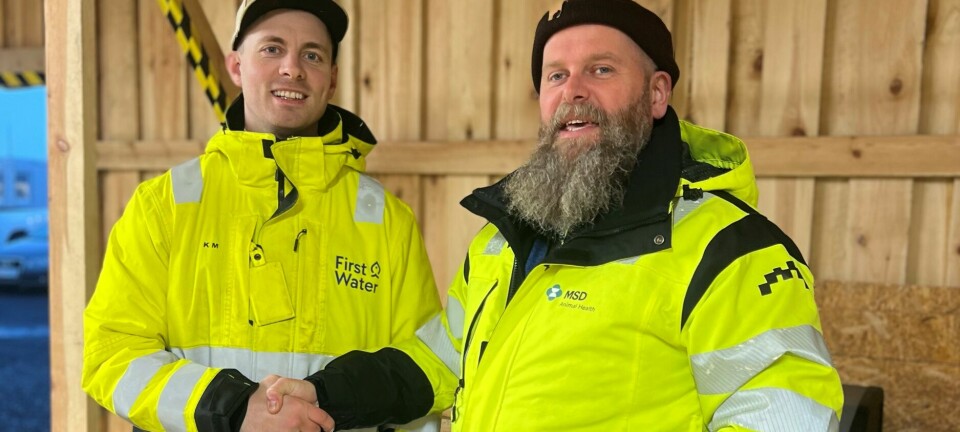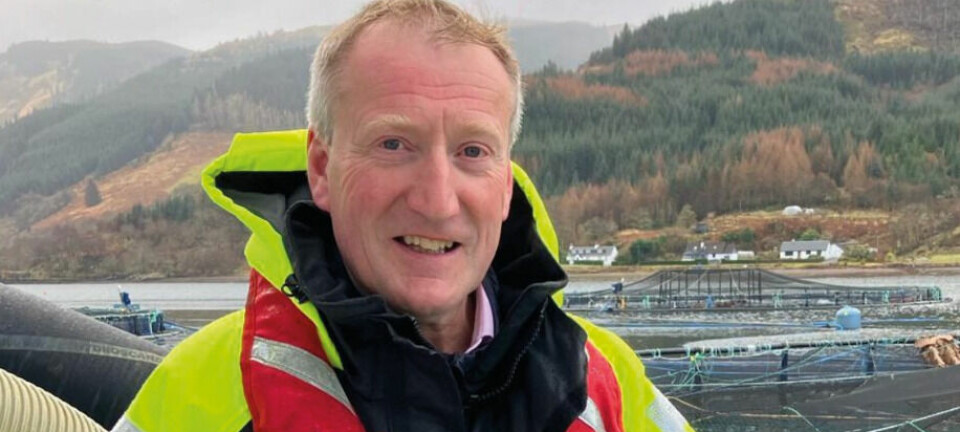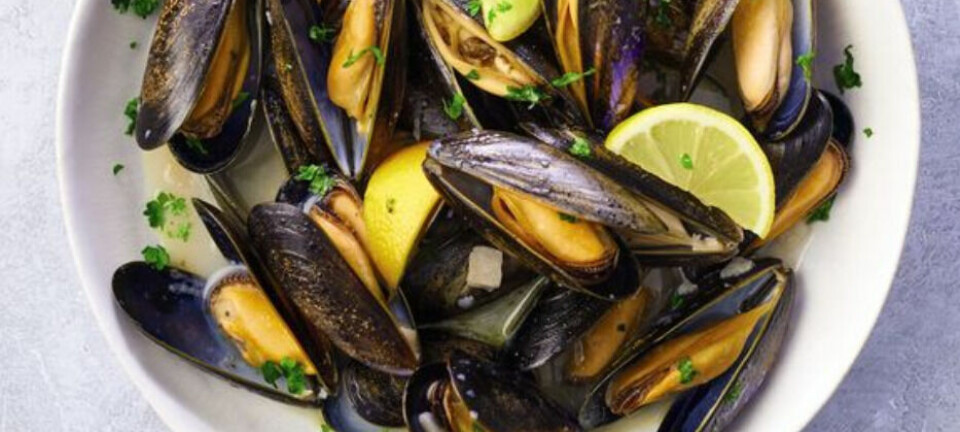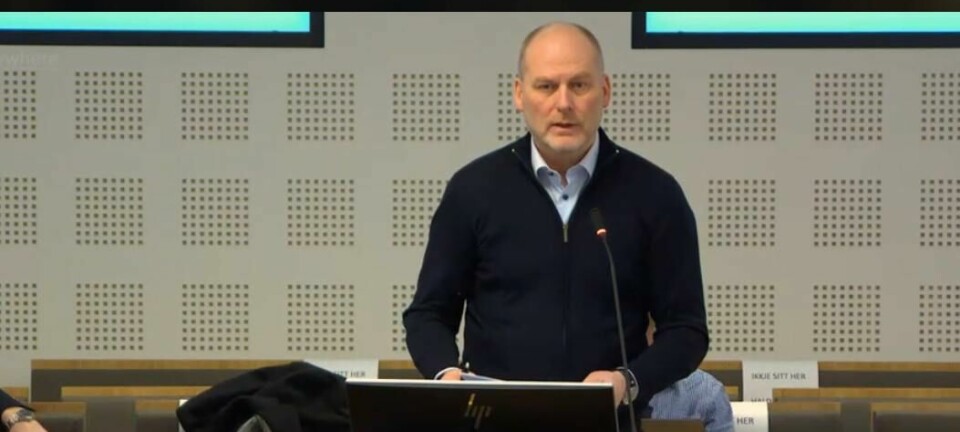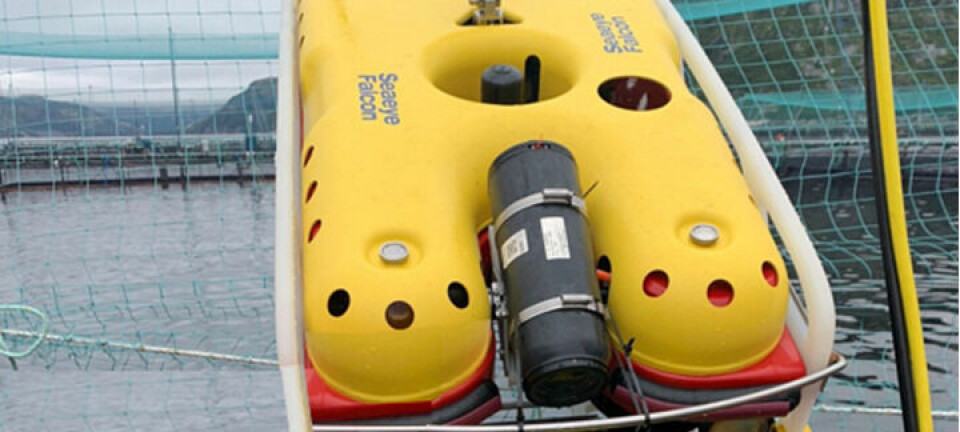
Fish farming areas net most of coastal cash share-out
The five Scottish local authority areas where salmon farming is carried out are the major benefactors of a share-out of income from Crown Estate Scotland’s marine assets.
The publicly owned corporation earned gross revenue of £14 million from its Marine and Coastal divisions in 2018-19, including £4m from fish and shellfish farming.
After costs were deducted net revenue was £9.7m, which the Scottish Government has announced will be distributed among 26 coastal communities by the end of July.
Sea area
Allocations are governed by a formula based on the share of total sea area in the 0-12 nautical mile zone adjacent to each local authority.
That means payments to Argyll and Bute, Eilan Siar (Western Isles), Highland, Orkney Islands and Shetland Islands councils make up more than £7.94m of the £9.7m pay-out.
The £9.7m funding is an increase of more than £2.5m on last year and is more than double the funding available under the Coastal Communities Fund it replaced.
Broader scope
The scope of the fund has been broadened this year in response to Covid-19, with local authorities now able to directly support businesses, including third sector organisations, affected by the pandemic.
Scottish Government land reform secretary Roseanna Cunningham said: “Covid-19 has had a devastating impact on communities across the country and particularly those people and businesses living and working in our coastal areas, which are often reliant on tourism. That is why we have widened the remit of these funds to include direct support, where necessary, to coastal businesses and third sector organisations.
“We have also worked to allocate this year’s funding as swiftly as possible to enable local authorities to help these organisations through the economic shock caused by the pandemic, and direct resource to where it is most needed in support of a wellbeing economy.”
Timely allocation
Steven Heddle, environment and economy spokesperson for Scottish local authorities’ organisation Cosla, said: “Cosla has worked with Marine Scotland (Crown Estate Scotland’s sponsoring directorate) to finalise arrangements for distribution of net revenues and welcomes their timely allocation to local authorities.
“We continue working on the longer-term review to develop an appropriate approach for the future distribution methodology.”
Crown Estate Scotland earned gross revenue of £4 million from Marine (Aquaculture) in 2018-19, £6.1m from its Marine (Energy and Infrastructure) division and £3.9m from its Coastal division. Revenue for the Coastal division is generated by the activities managed as part of that portfolio and includes ports and harbours, moorings, pontoons, dredging and outfalls.
It earned a further £4.1m from its Rural division and £900,000 from its Urban division, and contributed a total of £11.4m to public finances, including the £9.7m given to coastal communities.




































